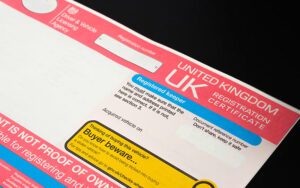Site Preparations – Well Control Activities

Oil and Gas Industry Coverage Options
Properly trained personnel are essential for well control activities. Well control consists of two basic components: an active component of monitoring the pressure of the drilling fluid, and blowout preventers as a passive component.
The first line of defense in well control is to have sufficient drilling-fluid pressure in the well hole. During drilling, underground fluids such as gas, water or oil under pressure (the formation pressure) oppose the drilling-fluid pressure (mud pressure). If the formation pressure is greater than the mud pressure, there is possibility of a blowout.
Process: Blowout Prevention Program
Hazards
Receiving injuries caused by loss of well control
Solutions
Appropriate training for tasks performed. Example topics include:
Causes of kicks, including detection
Pressure concepts and calculations
Well control procedures
Gas characteristics and behavior
Constant well control methods on bottomhole pressure
Well control equipment
Regulatory information
Use of appropriate well control equipment including:
Specification
Installation
Maintenance
Process: Monitoring and Maintaining Mud System
Each part of the mud system must function and be in good condition in order to maintain well control. If the mud level increases, it may be a sign that a kick is in progress. On some rigs there is a mud-float-level gauge which sounds an automatic alarm if the mud exceeds a pre-specified level.
Hazards
Loss of well control (blowout)
Solutions
Keep the mud circulating system in good working order.
Periodically check and maintain the properties of the drilling fluid, including proper pit level.
Properly train crew in monitoring and well control procedures.
Maintain a properly functioning surface control system.
Process: Installing Blowout Preventers (BOPs)
The BOP, accumulator and choke manifold are installed by the rig crew after the surface casing is set and cemented. The accumulator and choke manifold that is set into place during rigging up needs to be hooked up and tested. The choke-line valve is used to redirect the mud from the wellbore to the choke manifold during a kick. The kill-line valve is used to direct drilling fluid to the BOP during a kick.
Hazards
Being crushed by falling equipment if hoisting slings fail
Being struck by, pinched by or caught between equipment during installation
Solutions
Ensure workers stand clear of equipment being hoisted and that tag lines are used where appropriate.
Coordinate hoisting tasks with rig crew.
Inspect the hoisting slings for wear before any hoisting operation.
Ensure all personnel wear proper personal protective equipment.
Contact INSURICA today to learn more about your oil and gas coverage options.





